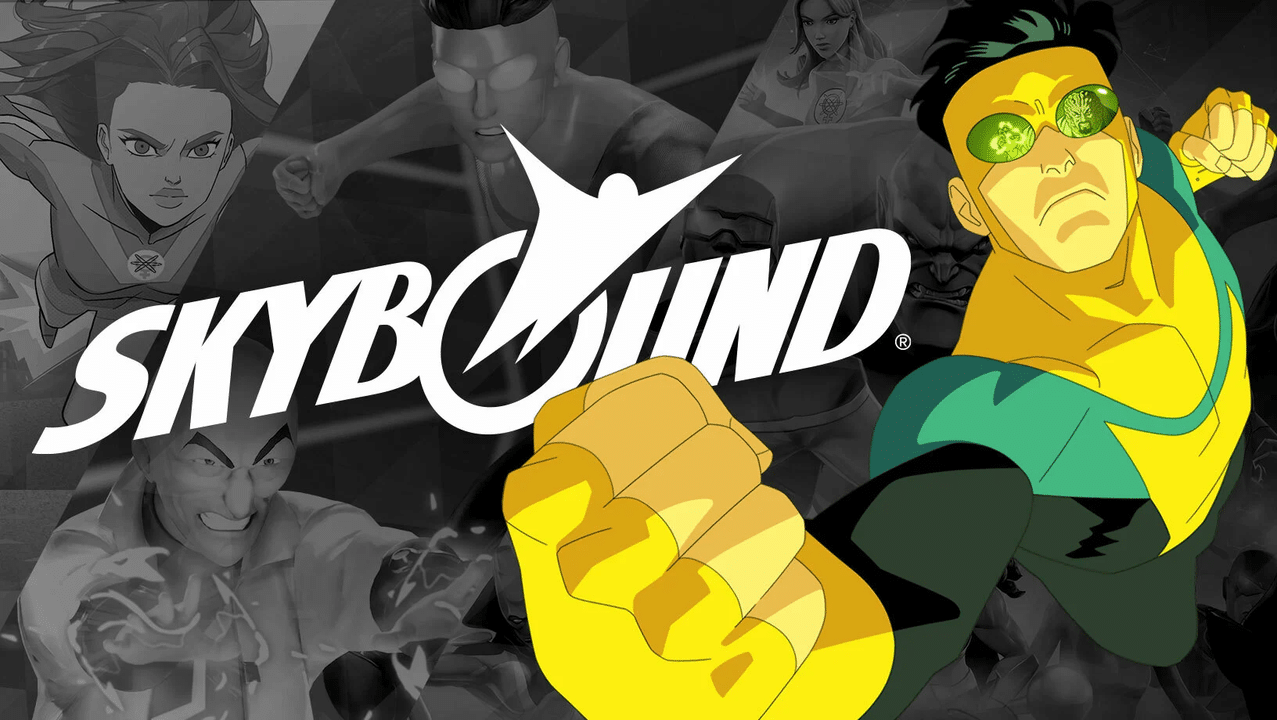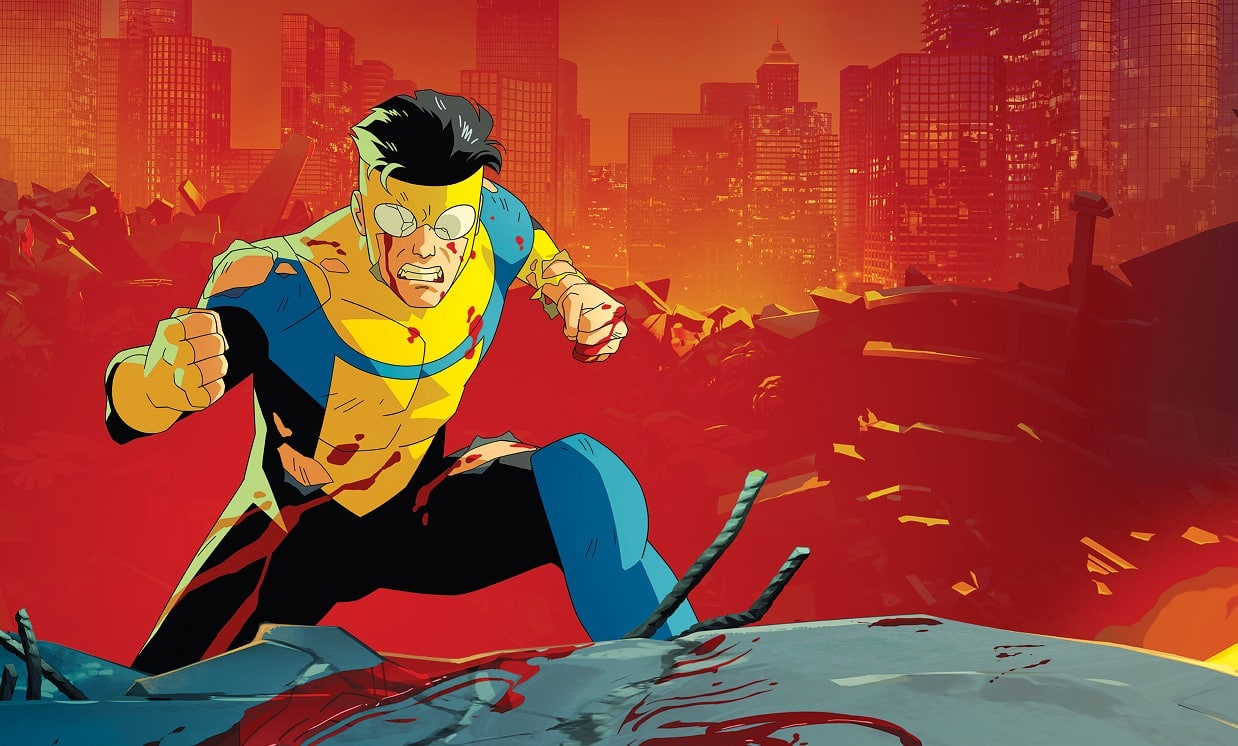Four years ago, Robert Kirkman began a still going mission to get creators to consider the benefits of going the creator-owned route with Image or a similar setup:
Top creators who want to do creator-owned work band together and give it a shot. I’d certainly love for that to be at Image, but whatever, wherever — if you want to do it, step up and do it. The more people who do it, the easier it’ll be to do. Creators are very important to the current fan base, if it’s done right you could bring a large portion of your audience with you provided you take the plunge and only do creator-owned work. If you give people the option of Spider-Man or your creator-owned book… they’ll choose Spider-Man, that’s something time-tested versus something new. New has to be the only option.
This evolved into a friendly debate between Kirkman and Brian Michael Bendis at Baltimore Comicon where they argued the merits of each career path. At the time, it was pretty clear that the Bendis argument had numbers on its side, as Todd Allen wrote at the time.
Of course, that was before THE WALKING DEAD made it clear, as Teenage Mutant Ninja Turtles and the original Image had before, that when you own your shit and hit it big, you REALLY hit it big.
Now over at Publishers Weekly, Todd has gone back and revisited the numbers, and it looks like there are more Image books in the “occasional steak dinner” category than there were four years ago. You’ll need to go to the link for all the numbers but here’s the comparative chart on the number of titles in each sales category:
|
|
Breaking Even
|
Beer Money
|
Starting To Get Paid
|
Money Makers
|
|
2008
|
5
|
9
|
10
|
15
|
|
2012
|
9
|
25
|
30
|
18
|
It’s interesting to note that while there’s been a near stampede of current Marvel creators over to Image of late, Bendis has stayed the course—even as his own POWERS is still out there as an Icon book and a potential TV series goes back and forth. Long before he was the Frank Lloyd Wright of Marvel’s Architects, Bendis was out in the jungle as a CARTOONIST who has his own shelf of excellent early works—GOLDFISH, JINX —that aren’t even in print any more that are actually available from Icon. So he’s seen the clouds from both sides.
More in the link.








Actually, both Goldfish and Jinx have been released in new versions under the Icon Imprint… I know this cause I have them in my field of vision as I write this. So still in print, just not by Caliber.
Oops, I knew I shoulda googled first.
Hasn’t the “working conditions” at both DC and Marvel changed dramatically to the point where old guard creators can’t expect the same perks (like ICON and VERTIGO) and worker benefits in the new contracts they now must sign?
That’s an important part of the picture explaining the current shift that didn’t exist when this debate began in 2009. The “rules” have changed.
Bonus points for the Joni Mitchell reference at the end.
I think webcomics really changed the field. Now, a new creator faces relatively low start-up costs to put their work out there on a regular basis and see returns. Maybe not huge returns, but it’s a place to start if they can put the elbow grease in and get practice for their craft. And it’s leading to more and more huge success stories for the people who stay on that path.
WOW, its nice to see Kirkman’s plea regarding increased creator-owned work has come to fruition.
I think it’s true that webcomics really changed the field. A combination of hosting getting cheaper and webcomic software being easy to install helped lower the barrier even more for people wanting their work to be seen. I started my webcomic online around the beginning of 2010 and at the beginning of 2012 I was able to quit my job and just do my comic full time. My first print collection of the series was nominated for an award and I’m preparing a second printing of that book and a print edition of a second volume.
I don’t get many reviews, and in that short time I was either laughed at or dismissed by editors from all the major indie publishers when I gave them the pitch for my series, but along the way I took the story directly to the people and made enough money to make the whole project profitable.
It is a great time to be an indie creator, and I mean truly indie, with no publisher seal on your book. Comic conventions and the internet are the front lines for indie comic creators.
I don’t feel that the debate has to be either/ or. Some can follow the Bendis / Morrison model and see success. Others can go the Johns route and be accompany man. Others can do like Joe Casey/ Mark Millar and start at the Big 2 then go more indie. Others can do like Mark Waid and be a jack of all trades. Others can do as Kate Beaton and start publishing the stories on the web, building a fanbase from there.
Long story short- when trying to make a living, best to have as many options as possible.
Image is producing varied, unique stories and its books are getting more table space on Wednesdays. They have buzz. Marvel books are ho-hum, and few have positive, consistent buzz.
I still see Marvel snapping up indie creators and transitioning them to bigger books. Hopefully they’ll gain an audience and then transition back. Colin Bunn & Kieron Gillen I’m looking at you.
Right now I’m just way more excited about Image product than Marvel stuff.
For the purposes of this article, it would be totally, like, awesome if Bendis were actually turning out issues of Powers, Scarlet and Brilliant on a regular basis, but they’re all late by more than one issue (Brilliant is late by *four* issues) and Scarlet #6 was supposed to hit the stands fourteen months ago next week.